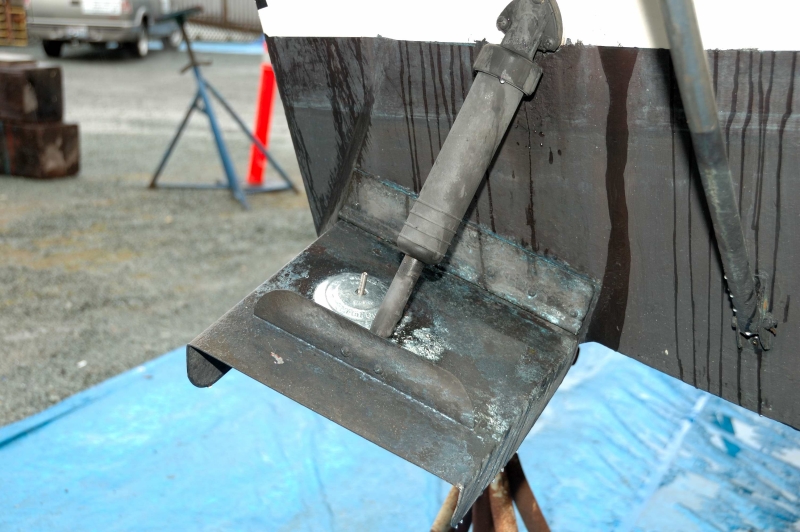Maintaining Your Boat’s Attitude – Trim Tabs
1st April 2024
Regardless of its size, if your boat has a planing or semi-planing hull, its degree of trim can significantly impact its operation. Trim tabs look and function in much the same way as the flaps on an airplane, adjusting lift by raising or lowering the boat’s attitude to improve boat speed, fuel economy, accommodate weight changes and/or improve safety.

Over fifty years ago, Charles Bennett invented these hydraulically operated wonders, and Bennett Marine is still the leading provider of trim tabs to the marine industry today.
Hydraulic trim tabs are remarkably dependable, and maintenance is simple and straightforward. Check the level of hydraulic fluid only when the tabs are in the “up” position, so that all the fluid is in the reservoir, not in the actuators and lines. Filling the reservoir to the full mark with the tabs down will result in a fluid spill when the tabs are retracted.
To test the hydraulic system, depress the tabs into the “down” position. Let them remain in that position for a day or two. The blades should remain stationary. If one or both tabs move, that’s your signal to check the system.
Removing the Lexan cover of the hydraulic power unit (HPU) and spraying the unit with a moisture-displacing lube once a year virtually eliminates corrosion on the electric motor and solenoid valves. Once a year check the wiring harness connector at the HPU and the push-on connectors at the switch and apply dielectric compound to preclude any possibility of electrical interruption from corrosion.
If your boat is kept in the water, the tabs should have zincs antidotes attached to prevent galvanic degradation, and they should be replaced as needed. If fouling is a consideration, apply antifouling paint to the tabs and actuators at recommended intervals. Before painting your tabs, contact the manufacturer of the particular bottom paint you plan to use and ask what primer is recommended.

Bennett tabs are available with either unfinished metal or with powder-coated surfaces. Simply clean off and lightly sand the surfaces before adding the primer. The powder-coated models are very good primers in themselves, but still require cleaning and sanding.
Before priming and painting the tabs, be sure to prepare the surfaces to accept zincs. They should be mounted on the topside of each tab, not on the bottom, where they would disturb the water flow. Before securing the zinc, sand the upper surface of the trim tab so the metal and the zinc will make good contact when coupled together. Obviously, there’s no problem with an unfinished, stainless steel surface. But with coated surfaces, you need to grind away the powder coating to get down to the bare stainless steel for good contact. Once installed, never paint them, only the tabs.
If you’re unsure of how to treat the trim tabs on your vessel, it’s never a bad idea to reach out to your local marine mechanic, such as our friends at Revolution Yacht Experience, for an inspection to make sure they’re functioning properly.


